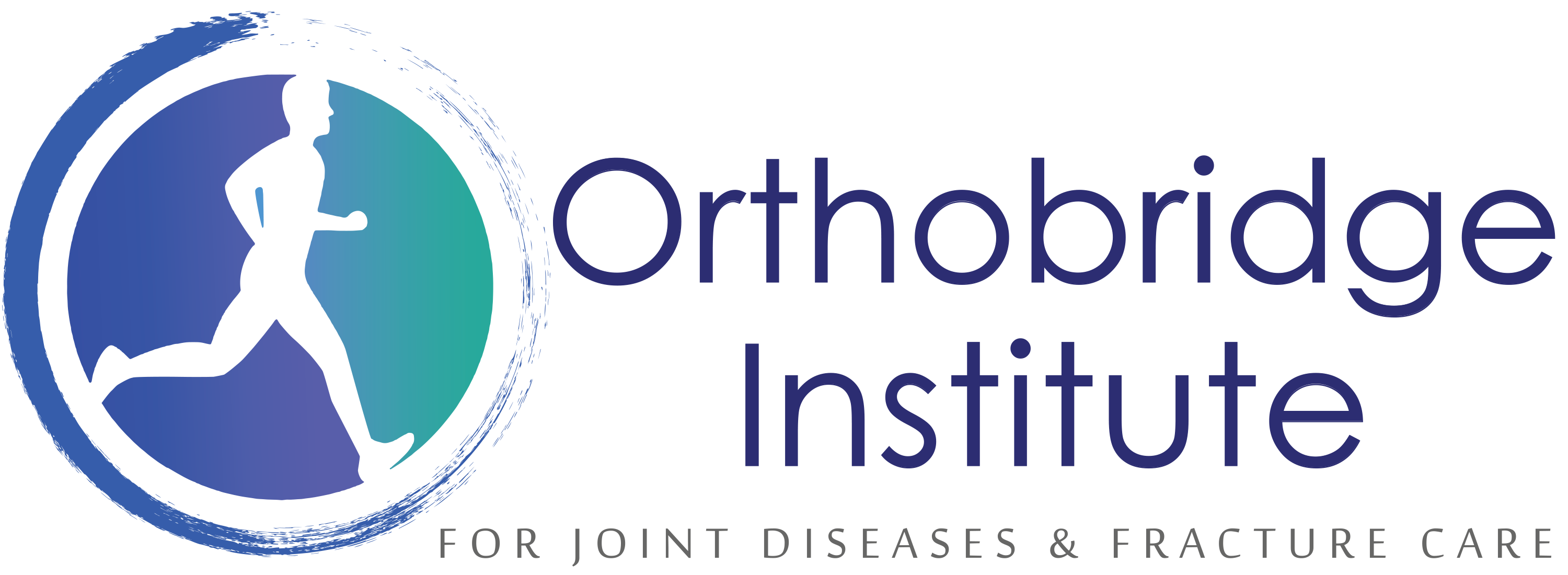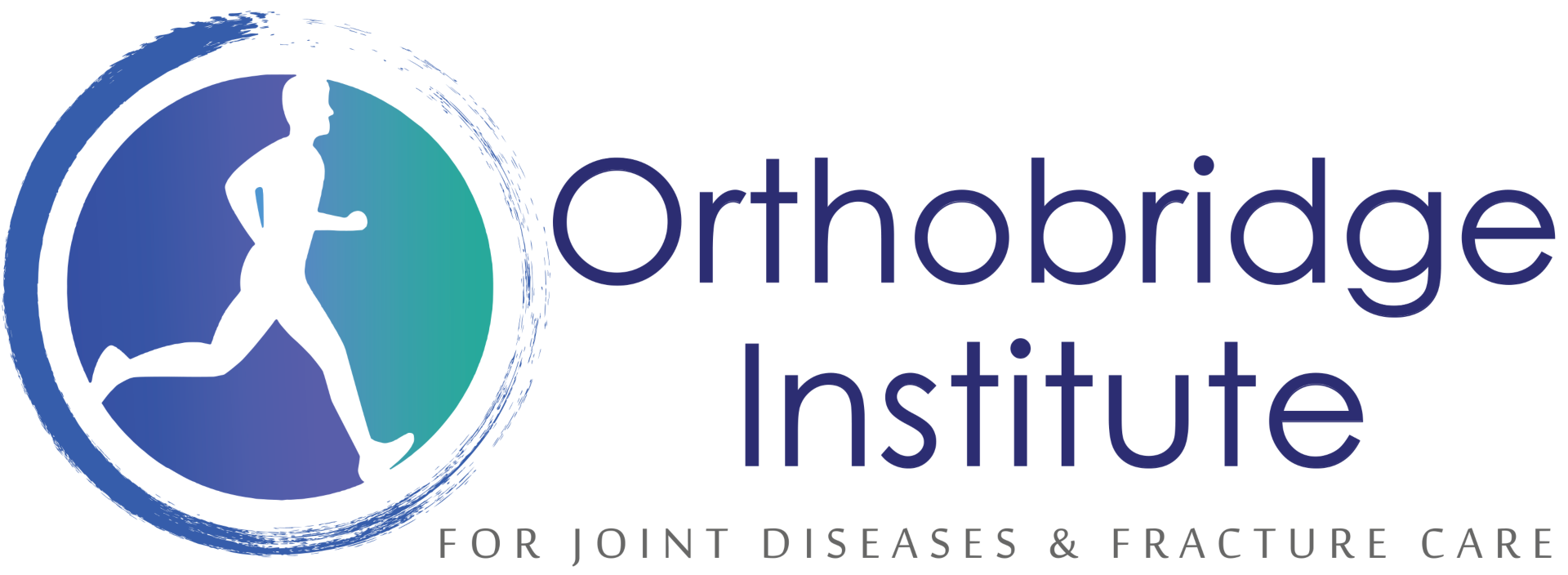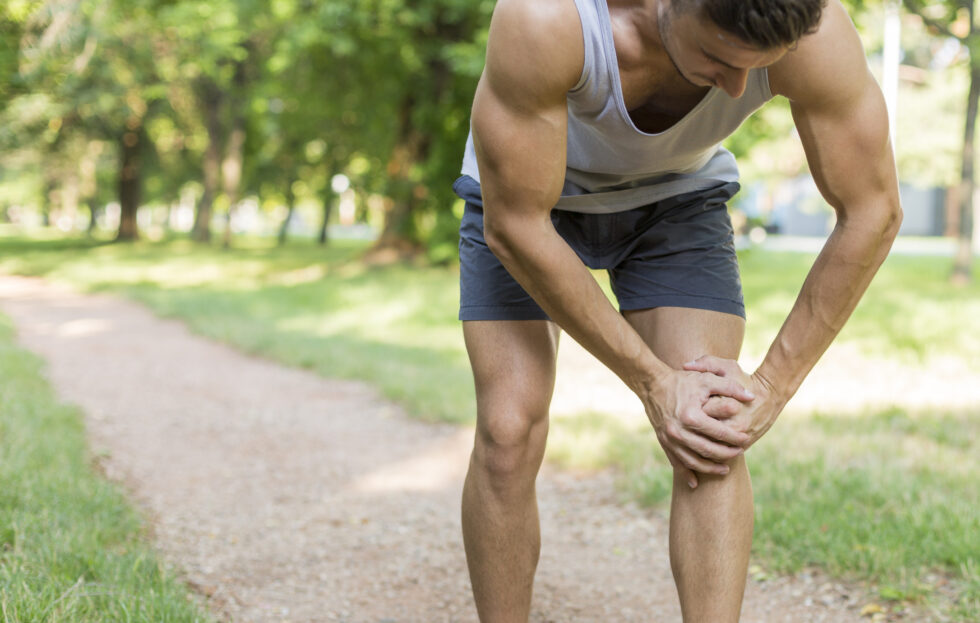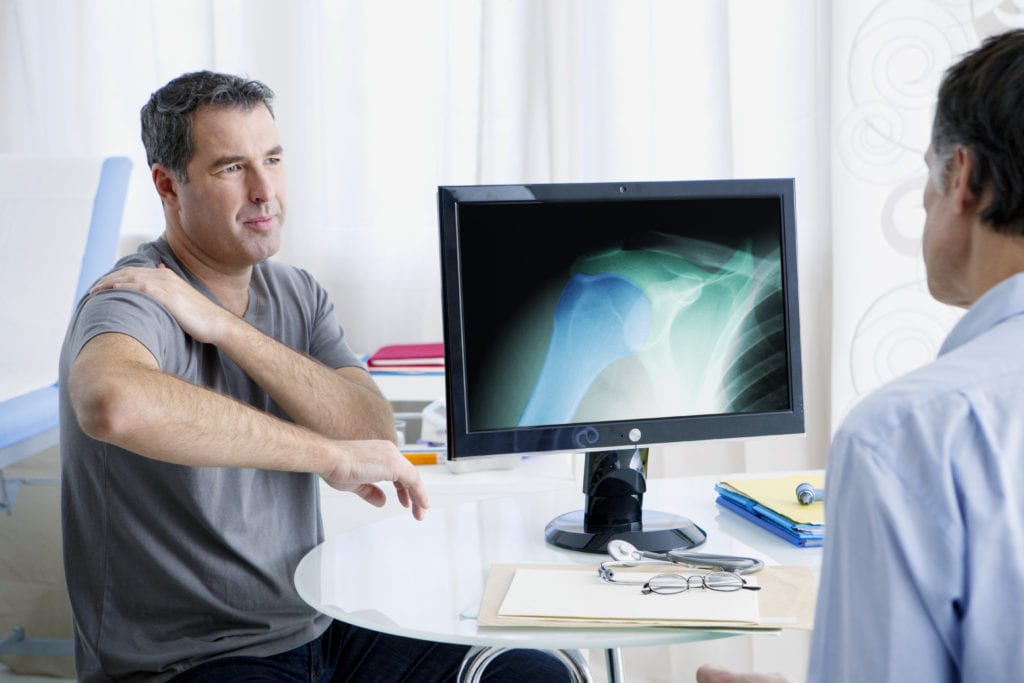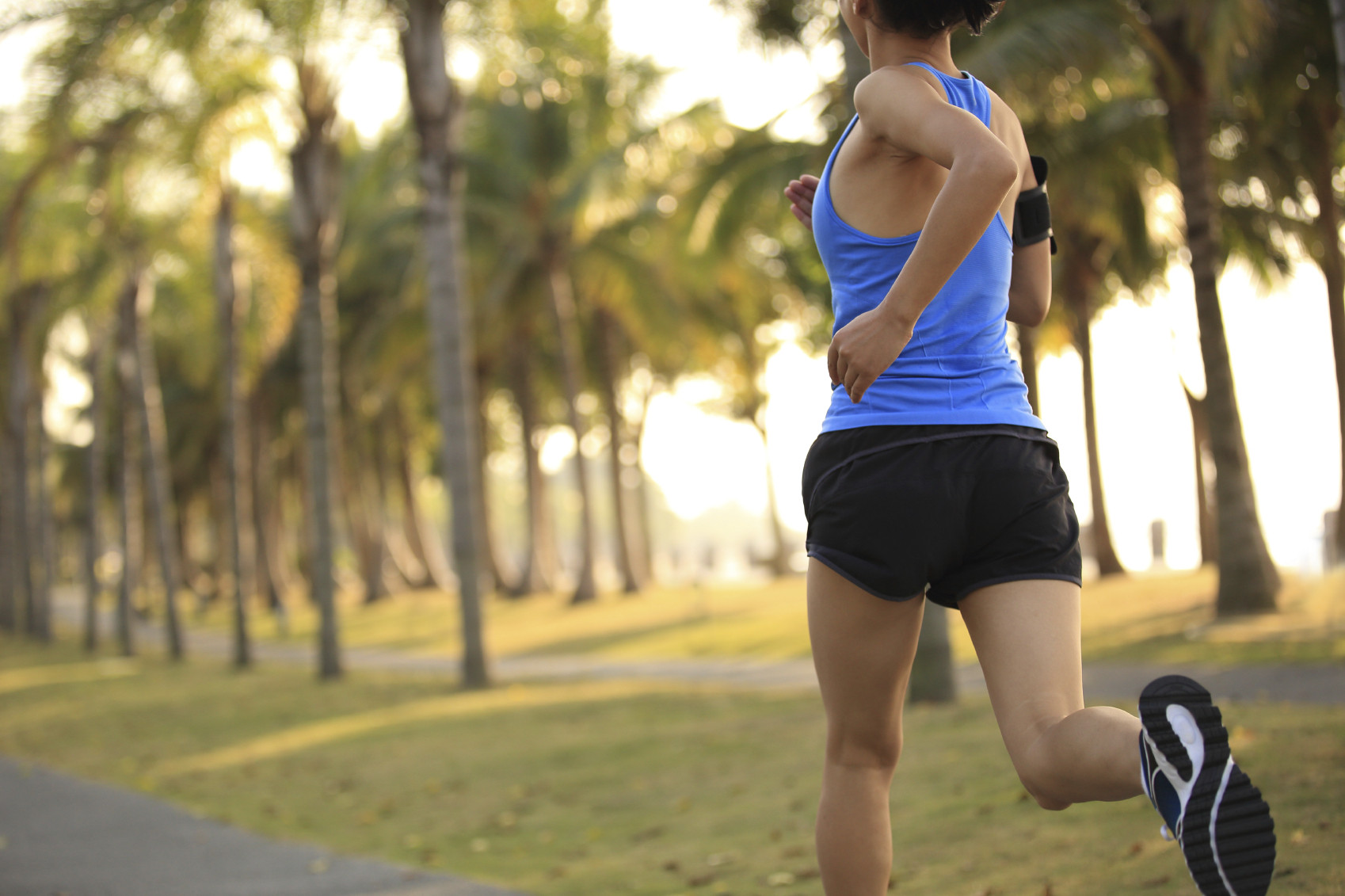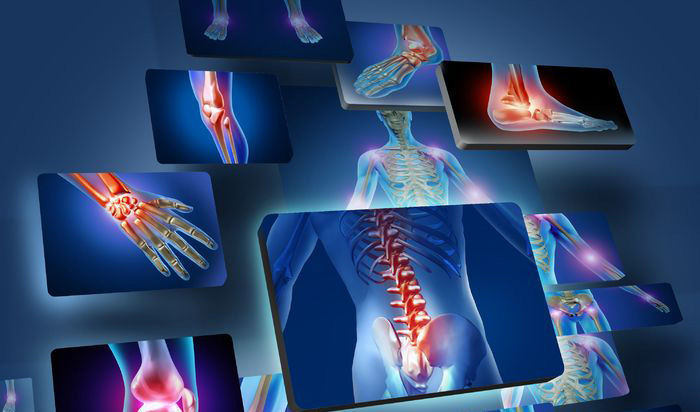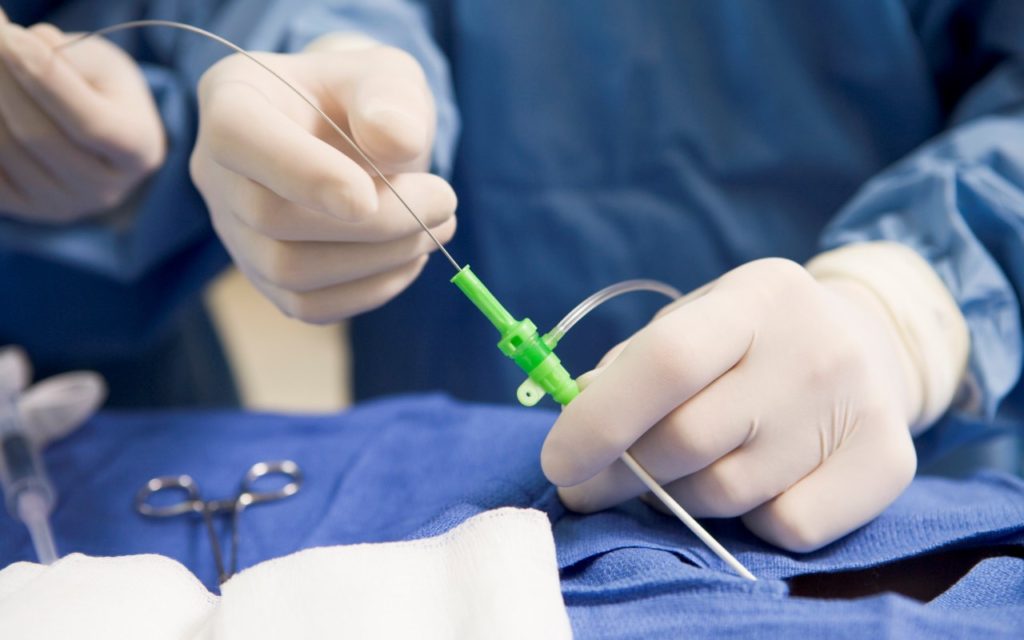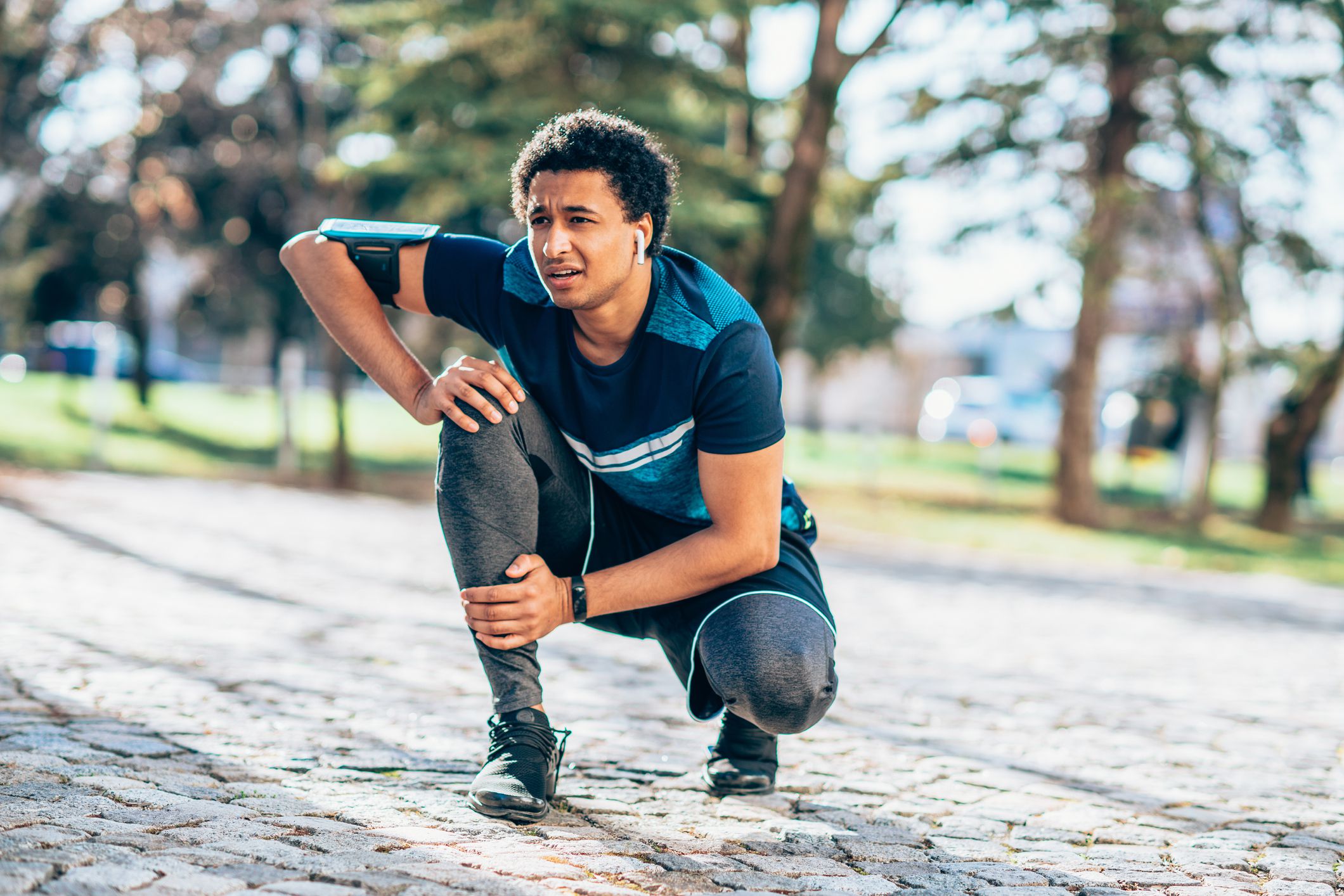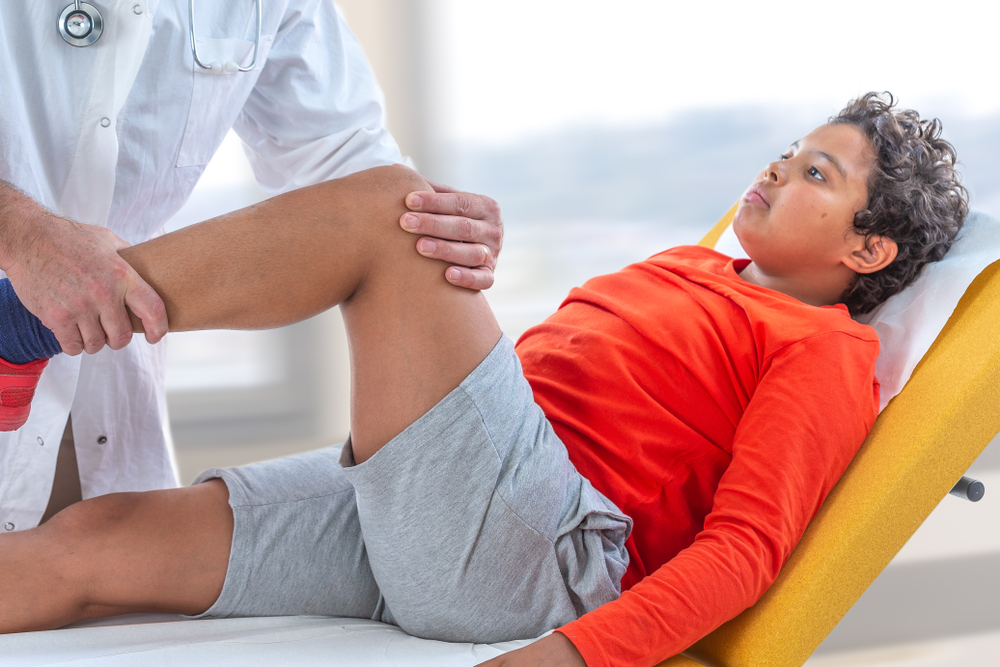There’s nothing fun about that stabbing pain outside your knee caused by iliotibial band syndrome. The good news though? Doing IT band stretches and strengthening exercises can provide much-needed relief.
Iliotibial band syndrome (or IT band syndrome for short) is a painful condition commonly caused by running, physical therapist Brando Lakes, DPT, cofounder of Kinesadelic in NYC, tells SELF. It can also result from cycling, walking, or sitting too much, he adds.
Anyone who’s experienced IT band pain will likely tell you it’s uncomfortable at the least, and flat-out painful at its worst. Lakes, for instance, once had IT band syndrome in both legs and recalls the sensation as “very sharp” and “super debilitating.”
Ahead, everything you need to know about IT band syndrome, plus eight awesome stretching exercises and knee pain relief exercises you can do at home to help remedy your discomfort.
What is your IT band?
The iliotibial (IT) band (also called the iliotibial tract) is a tendon that extends along the outside of your leg from the top of your pelvic bone to just beneath the knee, according to the National Library of Medicine. The IT band helps with knee flexion—basically, bending the knee—especially when you’re running, says Lakes.
The IT band is connected to the tensor fasciae latae (TFL), a muscle located at the hip that helps you abduct your hip muscles and swing your legs out wide, says Lakes. The TFL also helps you stand in place without your hips dropping or putting too much pressure on the low back, he adds.
You can think of the IT band and the TFL as components of a guitar, says Lakes: The IT band is a string, and the TFL is the tuner, or the little knob at the top of the guitar that places tension on the string. That just basically means that the TFL can affect the tightness of the IT band.
What causes IT band syndrome?
Iliotibial band (ITB) syndrome is often caused by overuse of the TFL, says Lakes. When the TFL is overstressed, it tightens up and pulls on the IT band, causing the IT band to pluck and rub across the thigh bone any time you bend and straighten your knee. Lakes gives the analogy of a string (the IT band) being rubbed back and forth over a rock (the thigh bone). Over time, this rubbing causes friction and ultimately, pain.
In terms of what causes the overuse injury to the TFL in the first place, well, there are a few culprits. One is weakness in your glutes—particularly the glute medius and glute minimus, two smaller butt muscles that help stabilize the hips as you move. When these muscles aren’t as strong as they should be, especially when you’re performing an activity like running that involves the hips, the TFL often steps in to help. This muscle then “ends up working overtime,” says Lakes.
Your TFL band can also become overused if you spend a lot of time sitting, especially in positions that involve good amounts of both hip flexion and hip abduction—say, sitting on the couch with your knee pulled up toward your chest on the outside of your shoulder, says Lakes.
What are symptoms of a tight IT band?
Most often, people with ITB syndrome feel a sharp pain on the outside of the knee just above the kneecap when they bend or straighten the knee, says Lakes. Sometimes, IT band knee pain can travel up the thigh to the hip, according to Cedars-Sinai, a nonprofit academic health care organization. So yes, considering your IT band for hip pain is a thing.
Some people only have this pain when they work out, especially when they run. (That’s why IT band stretches for runners are super important!) But others may have pain outside of exercise, per Cedars-Sinai.
The Exercises
Directions: Do the stretches (first three moves) as often as you’d like, holding each stretch for a minimum of 30 seconds. Do the strength exercises (last five moves) several times a week, aiming for four sets of 15 repetitions each.

- Lunging Hip-Flexor Stretch
- Kneel on your right knee. Place your left foot flat on the floor in front of you, knee bent.
- Lean forward slightly, stretching your right hip toward the floor.
- Squeeze your butt; this will allow you to stretch your hip flexor even more. You should feel this in your right hip flexor.
- Hold for at least 30 seconds.
- Switch sides and repeat on the opposite leg.
2. Standing Quad Stretch
- Stand with your feet together.
- Use your left hand to pull your left foot toward your butt.
- If you need to, put one hand on a wall for balance.
- Squeeze your glutes to increase the stretch in the front of your legs.
- Hold for at least 30 seconds.
- Repeat on the opposite side.
- Lie on your left side with your head resting on your arm.
- Bend your right knee and hip up toward your chest as far as you can, and let it drop to the floor.
- Bend your left knee and grab your left foot (use a strap if you can’t reach it) with your right hand.
- Gently bring your top shoulder blade toward the floor as you pull your bottom leg behind your torso.
- For more of a spinal twist, turn your head to look over your right shoulder. Hold for 30 seconds.
- Switch sides and repeat on the right side.
4. Single-Leg Glute Bridge
- Lie on the floor faceup with your knees bent and feet flat on the floor, hands at your sides. Engage your core to press your low back against the floor.
- From this position, lift your left foot off the floor and extend your leg.
- Push off your right foot, engage your core, and squeeze your glutes as you lift your hips and do a glute bridge.
- Slowly lower your hips back to the floor. This is 1 rep.
- Do 15 reps on one side, then switch sides and repeat.

5. Bulgarian Split Squat
- Stand with your back to your “bench.” With your left foot on the floor a few feet in front of the bench, place the top of your right foot on the bench, shoelaces down.
- Place your hands behind your head and engage your core. You can also clasp your hands at your chest or leave them at your sides if that feels more comfortable.
- Bend your knees to lower down into a split squat. Your left knee should ideally form a 90-degree angle so that your thigh is parallel to the ground, and your right knee is hovering above the floor. (Quick position check: Your left foot should be stepped out far enough that you can do this without letting your left knee go past your left toes—if you can’t, hop your left foot out a bit farther away from the bench.)
- Driving through your left heel, stand back up to starting position. This is 1 rep.
- Do 15 reps, then switch sides and repeat.
6. Step-Up
- Stand in front of a sturdy box or step, hands at your sides and feet hip-width apart.
- Step onto your box with your left foot, then follow with your right foot. Pause for a moment when both feet are on top of the box, hip-width apart.
- With control, return your left foot to the floor, then step your right foot to the floor to return to your starting position. This is 1 rep.
- Continue for 15 reps, then switch sides and repeat.
7. Crab Walk to Jump
- Stand tall with your feet hip-width apart and core engaged.
- Send your hips back and bend the knees to drop into a quarter squat.
- Staying in the squat position, step to the right with your right foot and allow your left to follow. Take two more steps to the right with your right foot.
- Explode up, jumping and extending your legs fully, sending your arms behind you to help with momentum.
- Land lightly on the balls of your feet and immediately drop into a squat again. Repeat on the other side. This is 1 rep.
- Continue for 15 reps, alternating directions.
8. Donkey Kick
- Start in an all-fours position, with your wrists under your shoulders, knees under your hips, and core engaged.
- Kick your right foot up and toward the ceiling, engaging your glutes and using your hamstrings to pull your foot upward.
- Keep your core engaged so you stay stable and don’t tip to the side; stop before you arch your low back. Remember: This is a strength move, not a flexibility exercise.
- Return your leg to the starting position. This is 1 rep.
- Complete 15 reps on that side, then switch sides and repeat.
